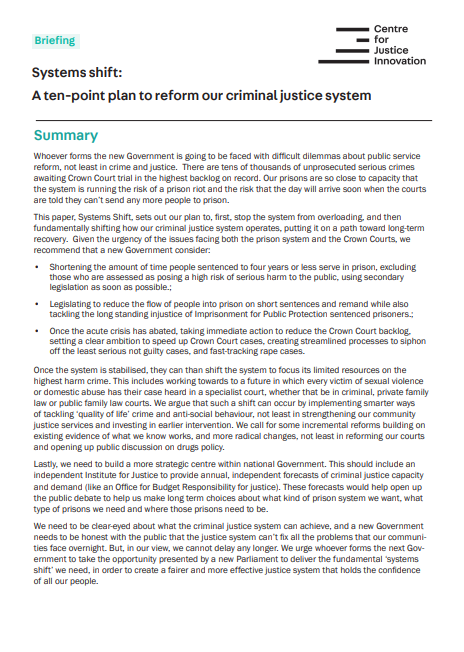by Alba Kapoor, Simon Hood, and Hannah Marwood
People of colour are bearing the brunt of shocking conditions in mass asylum accommodation, which amount to racial segregation, our new briefing with Care4Calais says.
Testimonies from residents, volunteers and employees at RAF Wethersfield, an asylum accommodation site, detail the harrowing conditions in so-called ‘contingency’ asylum accommodation, demonstrating the harm that this form of accommodation causes on people of colour.
Care4Calais’ data demonstrates that the vast majority of people currently living at RAF Wethersfield are people of colour. Of the 327 people seeking asylum who Care4Calais are currently providing services for, all are from a West Asian or African nationality. 91 (27.8%) are from Iran, 71 (21.7%) from Afghanistan, 32 (9.8%) from Eritrea. Many of the people who currently reside in RAF Wethersfield are vulnerable - victims of trafficking, torture, and physical violence.
For M, an engineering student from Sudan and resident at RAF Wethersfield, it “is like a prison.” C, another resident at RAF Wethersfield, describes how the extent of the segregation has affected residents’ mental health:
“Nothing about my life in the UK so far is about freedom. We risk our lives over and over again. This is no way to treat a human being. People are suffering. I have seen people trying to kill themselves by jumping off buildings. One refugee sewed up his own mouth. He told them that he did not want to talk to anyone. That he did not want to eat anything. That he did not want to be here. He did 8 stitches in his own mouth - only then did they transfer him.”
People housed at RAF Wethersfield are separated from the surrounding rural population by barbed wire, guards and ring-fences. We outline how these detention-like conditions amount to a modern form of racial segregation, or “segregation by nationality”.
According to one Care4Calais volunteer, residents show symptoms of post-traumatic stress disorder: “people tell me that they have flashbacks, sweats, memories, sleep loss because of the camp directly, not because of what they suffered before they got here but as a direct result of the camp”.
We outline how housing people seeking asylum in detention-like conditions is a racial justice issue, where people of colour are actively being segregated from surrounding populations, and treated as criminals where no criminality exists. As demonstrated in the briefing, the extent of this isolation enables residents at sites like RAF Wethersfield to become targets of racial harassment, and vulnerable to threats from staff members who work in the accommodation.
Runnymede Trust, 2024. 15p.





















